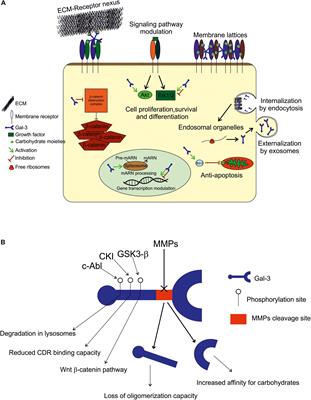EDITORIAL
Published on 22 Oct 2019
Editorial: Physiology of Myelin Forming Cells, From Myelination to Neural Modulators
doi 10.3389/fncel.2019.00475
- 2,106 views
27k
Total downloads
155k
Total views and downloads
Select the journal/section where you want your idea to be submitted:
EDITORIAL
Published on 22 Oct 2019
BRIEF RESEARCH REPORT
Published on 27 Mar 2019
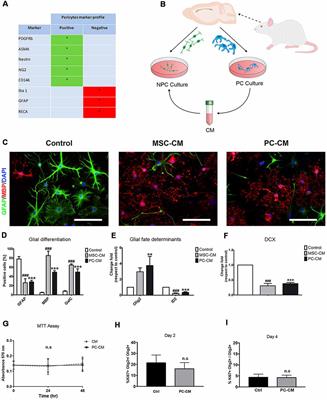
MINI REVIEW
Published on 01 Mar 2019
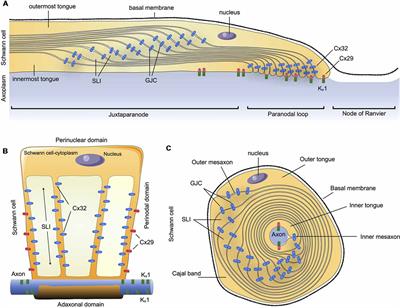
REVIEW
Published on 29 Jan 2019
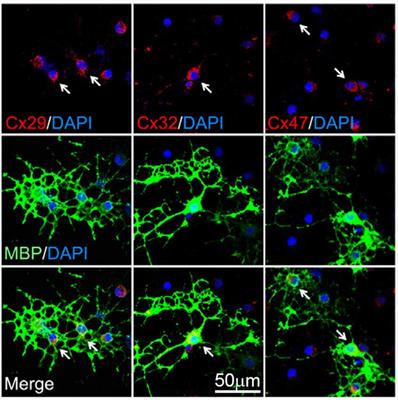
ORIGINAL RESEARCH
Published on 11 Jan 2019
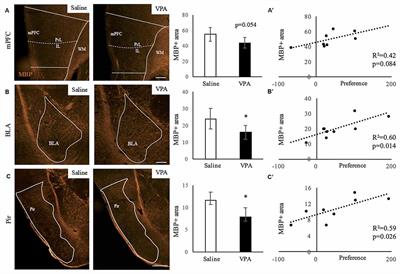
REVIEW
Published on 07 Dec 2018

TECHNOLOGY REPORT
Published on 06 Dec 2018

MINI REVIEW
Published on 19 Nov 2018
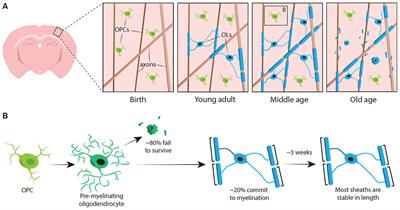
METHODS
Published on 23 Oct 2018

MINI REVIEW
Published on 15 Oct 2018
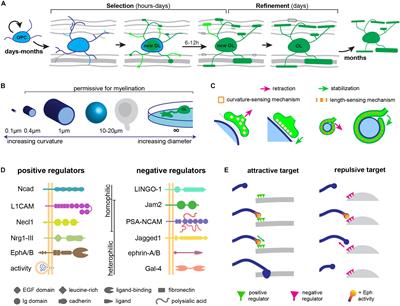
MINI REVIEW
Published on 02 Oct 2018
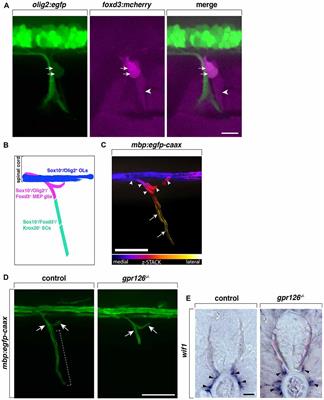
REVIEW
Published on 12 Sep 2018
